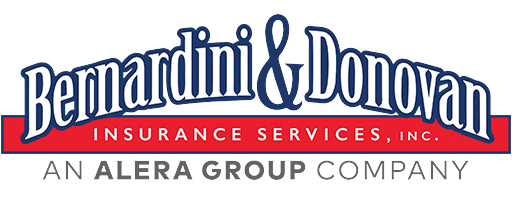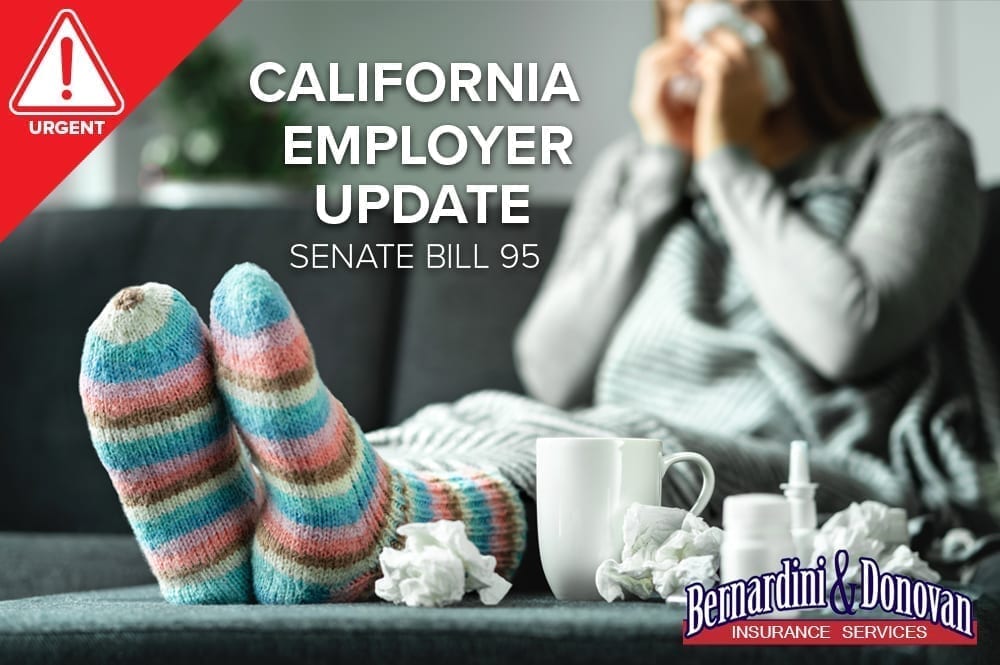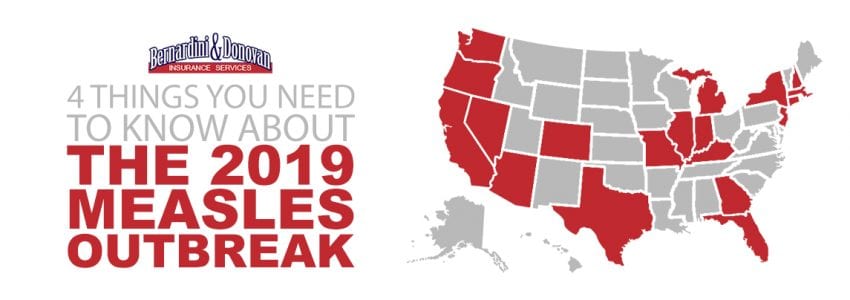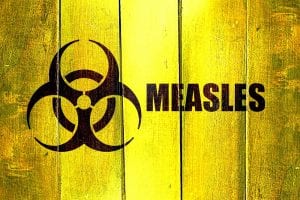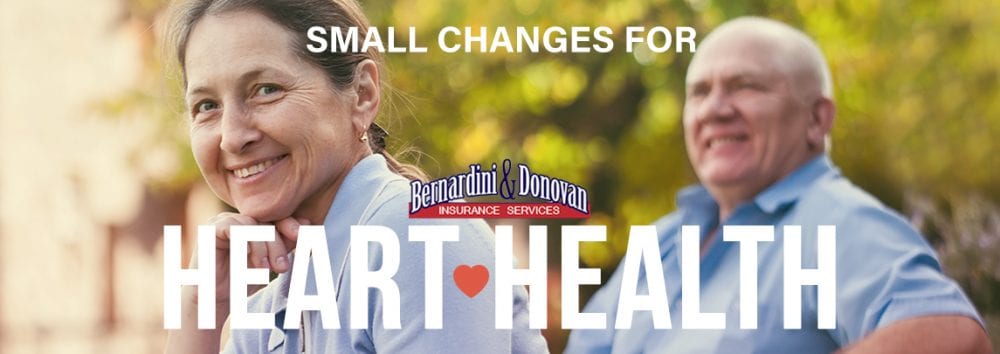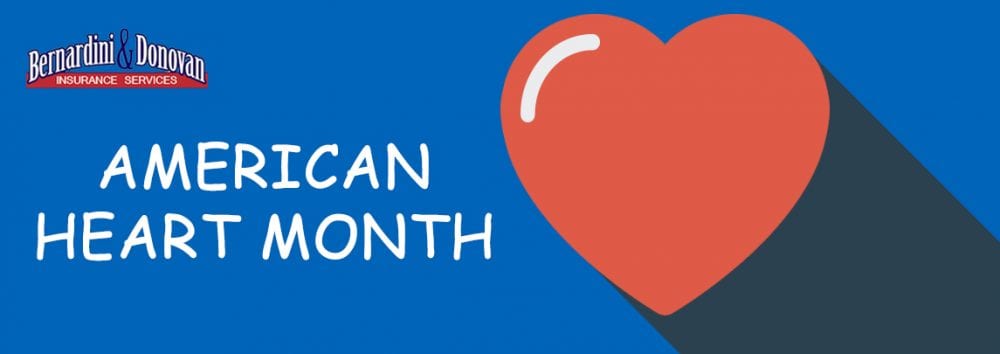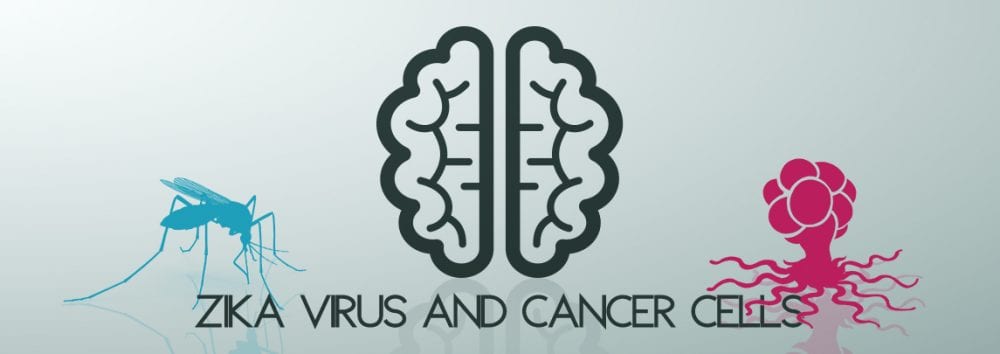California Employers Must Provide 80 Hours of Paid COVID-19 Supplemental Sick Leave
 On March 19, 2021, Gov. Gavin Newsom signed Senate Bill 95, which extends and expands the requirement for employers to provide supplemental paid sick leave to employees affected by COVID-19.
On March 19, 2021, Gov. Gavin Newsom signed Senate Bill 95, which extends and expands the requirement for employers to provide supplemental paid sick leave to employees affected by COVID-19.
The law places new paid leave requirements on most California employers, and it requires their immediate attention.
Gov. Newsom explained the reason for the new law: “Paid sick leave gives workers the time they need to care for themselves and loved ones while keeping their co-workers, families, and community safe.”
The law takes effect immediately, but includes a 10-day grace period for employers to start providing sick leave. Employers must begin providing the leave on March 29, 2021.
The new law applies retroactively to Jan. 1, 2021, and will remain in effect until Sept. 30, 2021. It’s enforced by the California Labor Commissioner.
The Michael Sullivan & Associates online e-book, Navigating COVID-19: A Legal Guide For California Employers, has been updated with the salient provisions of SB 95. View it in context under California Enacts New Supplemental Sick Leave Mandate Effective March 19, 2021.
Prior Supplemental Sick Leave Laws Applicable to California Employers
Last year, Assembly Bill 1867 was enacted in California to provide supplemental paid sick leave to employees at businesses with 500 or more workers. It was intended to fill the gaps for employees not covered by the federal Families First Coronavirus Response Act (FFCRA), which applied to all employers with a workforce up to 500 employees.
AB 1867 and the FFCRA expired on Dec. 31, 2020. Note: SB 95 does not extend either piece of legislation, but creates an entirely new mandate with a new required “bank” of available paid sick leave. So even if California employers paid out supplemental paid sick leave in 2020, they must create new leave banks for eligible employees in 2021.
-
Covered Employers — The new law applies to all California employers with more than 25 employees.
-
Eligible Employees — Employees who are not able to work or telework for any of the reasons detailed in the legislation qualify for the paid leave. No length of service is required to be eligible for leave. Employees may request the leave orally or in writing.
-
Qualifying for Leave — The first two qualifying reasons for leave (below) were included in the original California and FFCRA paid sick leave laws. SB 95 adds five more. Qualifying reasons for SB 95 leave are:
-
The employee is subject to a quarantine or isolation period related to COVID-19 as defined by an order or guideline of the state Department of Public Health, the federal Centers for Disease Control and Prevention (CDC), or a local health officer with jurisdiction over the workplace.
-
The employee has been advised by a health-care provider to self-quarantine due to concerns related to COVID-19.
-
The employee is attending an appointment to receive a vaccine for protection against COVID-19.
-
The employee is experiencing symptoms related to a COVID-19 vaccine that prevents him or her from being able to work or telework.
-
The employee is experiencing symptoms related to COVID-19 and is seeking medical diagnosis.
-
The employee is caring for a family member who is subject to a quarantine for isolation order or has been advised to self-quarantine.
-
The employee is caring for a child whose school or place of care is closed or otherwise unavailable for reasons related to COVID-19.
Employees Are Eligible for Up to 80 Hours of Leave
Full-time employees are entitled to 80 hours of COVID-19 supplemental paid sick leave.
Full-time is defined as an employee classified as full-time by the employer, or who was scheduled to work, on average, 40 hours or more per week in the two weeks preceding the date on which leave is taken.
If an employee is not considered full time, his or her schedule and length of employment will determine the amount of leave entitlement as follows:
-
An employee with a regular schedule is entitled to the total number of hours he or she normally is scheduled to work for the employer over two weeks.
-
An employee with a variable schedule is entitled to 14 times the average number of hours he or she worked each day for the employer in the six months preceding the leave.
-
An employee with a variable schedule who has worked for the employer for 14 days or fewer is entitled to the total number of hours he or she has worked for the employer.
-
Nonexempt employees’ pay is calculated as the highest of:
-
the employee’s regular rate of pay for the work week in which he or she uses the leave;
-
a formula dividing the covered employee’s total wages not including overtime by his or her total hours worked in the full pay period of the previous 90 days of employment;
-
the state minimum wage;
-
the local minimum wage to which the employee is entitled.
-
Exempt employees should be paid at the rate the employer calculates wages for other forms of paid leave time.
Currently, the amount paid for supplemental paid sick leave is capped at $511 per day, and an aggregate $5,110.
Employees who reach the maximum supplemental leave payout may use other available paid leave including vacation, paid time off (PTO), or other sick leave to supplement their salary so that they earn up to 100% of their regular salary.
Interaction with Other Leave Laws
An employer may not require an employee to use other paid or unpaid time off before the employee uses SB 95 leave.
California Sick Leave – The Healthy Workplace Healthy Family Act
SB 95’s paid sick leave is in addition to any paid sick leave available pursuant to California’s sick leave law, known as the Healthy Workplace Healthy Family Act of 2014, established in Labor Code section 246.
Cal/OSHA Emergency Temporary Standards Required Paid Leave
Late last year, Cal/OSHA enacted Emergency Temporary Standards (ETS) that required employers, among other things, to prepare and implement a COVID-19 Prevention Program. Employers also had to provide “continued earnings” to employees who were excluded from the workplace because of work-related exposures or positive COVID-19 cases. SB 95 clarifies that employers may require an employee to exhaust supplemental paid sick leave under SB 95 before becoming eligible for “continue earnings” under the ETS.
If an employee took leave for an SB 95 qualifying reason after Jan. 1, 2021 pursuant to any federal, state, or local law, or employer-provided COVID-19 leave, it can be counted as leave provided under SB 95. The employer might be required to provide retroactive payment to the employee for the leave taken if it was unpaid or not paid at the level required by SB 95.
Retroactive Pay Requirement
SB 95 supplemental sick leave is retroactive to Jan. 1, 2021. The new law establishes these provisions for retroactive payments:
-
The employee took supplemental paid sick leave specific to COVID-19 on or after Jan. 1, 2021 (for example, a city-mandated leave for quarantine).
-
The leave was for one of the reasons covered by SB 95, as defined above.
-
The leave was either unpaid or paid at a lower rate than mandated by SB 95.
If all of these conditions are met and the employee requests retroactive pay either orally or in writing, the employer must comply.
Once retroactive payments are made, employers may take credit for the leave hours previously provided.
Retroactive payments must be paid on or before the next full payroll period after the employee requests it.
Employers might have to replenish the PTO, vacation, or other leave banks of employees who used them while on an SB 95 leave prior to its enactment.
Notice Requirements
Employers must provide employees with notice of the new law. The Labor Commissioner’s Office will release a model notice by the end of March. Employers may provide this notice electronically.
Pay Stub Requirements
-
The COVID-19 supplemental paid sick leave balances must be included on itemized wage statements.
-
The COVID-19 supplemental paid sick leave must be denoted separately from regular paid sick days.
For employees that have part-time and variable schedules (making their leave entitlements variable), the new law specifies that the employer satisfy the wage statement obligation by doing an initial calculation of leave available and indicating “variable” next to it on the initial and subsequent wage statements. The calculation must be updated when leave is taken.
In-Home Health-Care Providers and Firefighters
A separate section in SB 95 outlines similar leave requirements for providers of in-home health care and supportive services firefighters.
Compliance Recommendations
Employers are encouraged to take these steps to ensure compliance with the new law.
-
Educate and train human resources and payroll employees about the new supplemental paid sick leave requirements. Employers might want to include in the training the new law’s impact on Cal/OSHA’s emergency temporary standard (ETS) exclusion pay, as well as the requirement that the employer replenish vacation, sick leave, and PTO banks for leave taken since Jan. 1, 2021 for a covered reason.
-
Direct payroll employees to create or reinstate a separate COVID-19 supplemental paid sick leave designation on wage statements.
Watch for and post and/or electronically distribute the COVID-19 supplemental sick leave model notice the labor commissioner issues.
